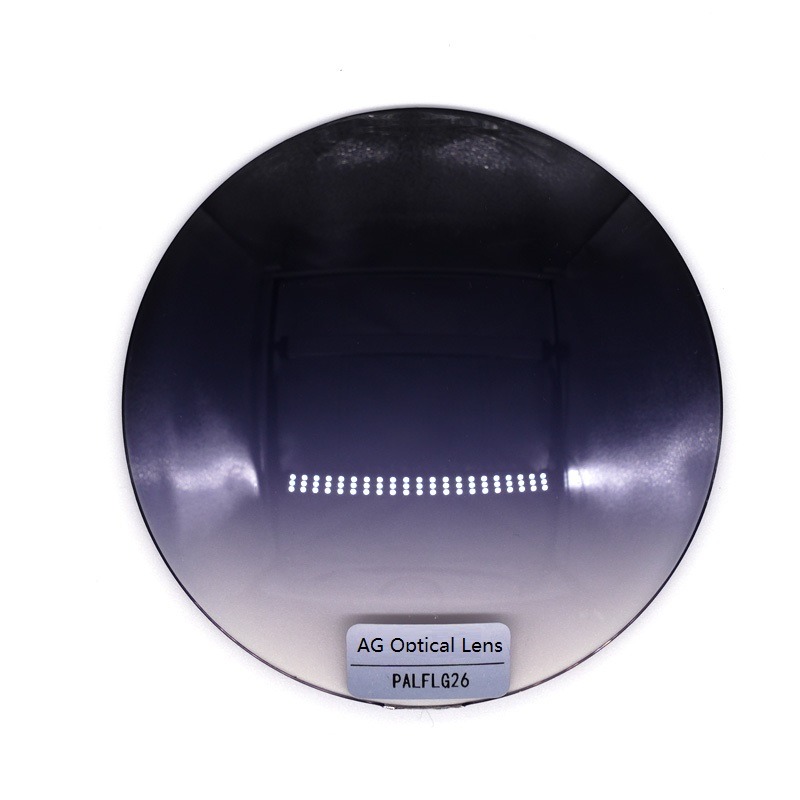Identifying true and false polarized sunglasses
The core of the polarized lens is the polarizing film. The polarizing film has a dichroic transparent film, which allows the light in the direction parallel to the transmission axis to pass through, while the light perpendicular to this direction is absorbed. This phenomenon is called polarization of light. .
The light that passes through is light in the same vibration direction and is called polarized light. The reflected light is absorbed because the light becomes perpendicular to the transmission axis of the polarizing film after being reflected. Polarized lenses make use of this principle, which can effectively eliminate strong reflected light and scattered light, soften the light, and make people see the scenery naturally clear.

1. Polarized test card
Many spectacle shops have polarized test cards. This test piece is specially made. It uses the principle of polarization to enable the polarizer to see the parallel light emitted by the pictures inside, so that the pictures hidden inside can be seen.
2. Test with two pairs of polarized sunglasses
If you have two pairs of polarized sunglasses, hold a pair of sunglasses in each hand, first overlap the two pairs of sunglasses horizontally and horizontally, and place them in front of your eyes. At this time, your eyes can see the opposite through the "overlapping lenses".
Then rotate one pair of sunglasses by 90 degrees (that is, overlapping horizontally and vertically), during the rotation process, you can see that the eyes are obviously darkened. If this effect occurs, then both pairs of sunglasses are polarized lenses.
3. The easiest way: test with a computer screen
General computer screens have a layer of polarizing film, which is mainly used to prevent light pollution in the environment, such as fluorescent lamps or other light sources, which affect the quality of the viewing screen.
So find a computer screen, and point the sunglasses horizontally to the screen. At this time, the lens does not change. Then, when the sunglasses are rotated to 90 degrees, the color of the lens becomes darker, and then rotates back to normal. This is polarized lens, but If there is no change no matter how you turn it, it is not a polarized lens.
Some polarized lenses with special functions will not be obvious when testing polarized light, such as night driving mirrors (polarized lenses), the lens color is relatively light, usually light yellow lenses. Through the lens, you will see that the lens color becomes dark yellow, and it will not become black and opaque like the gray lens.
